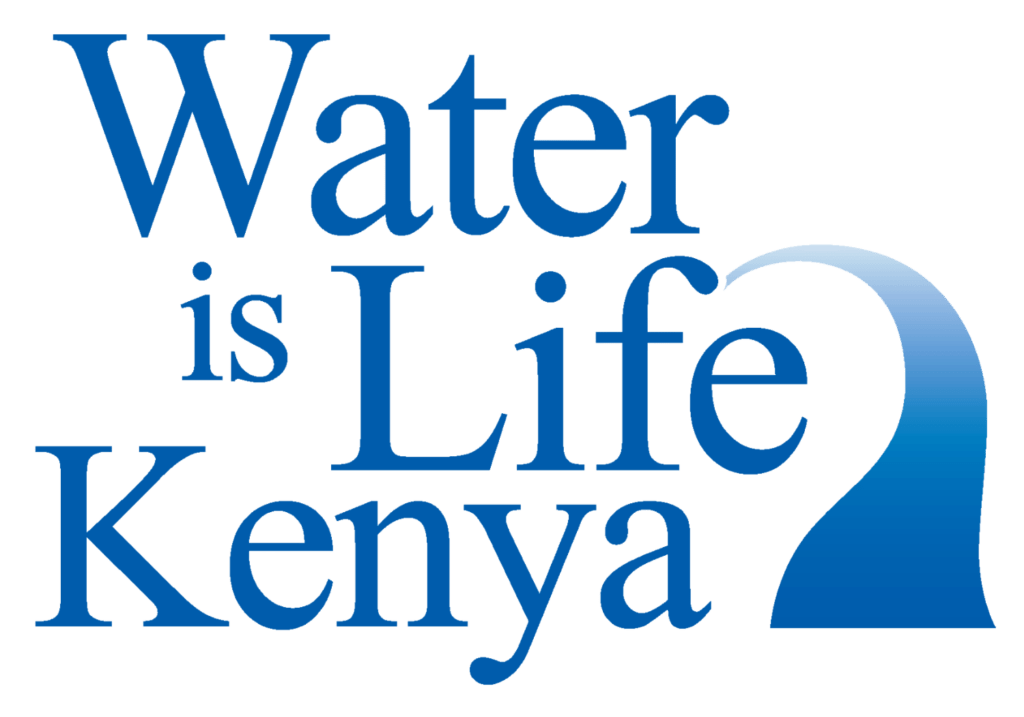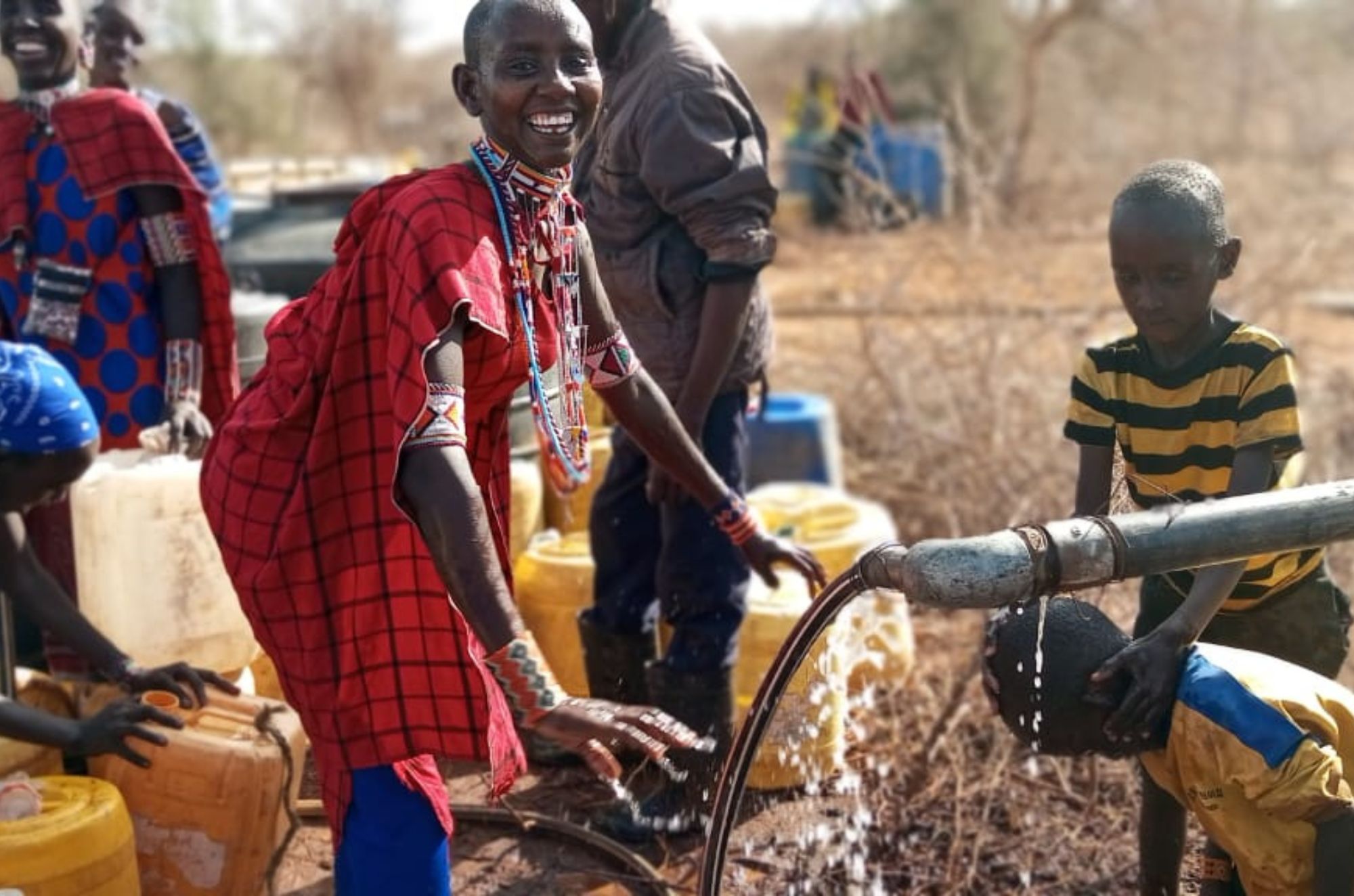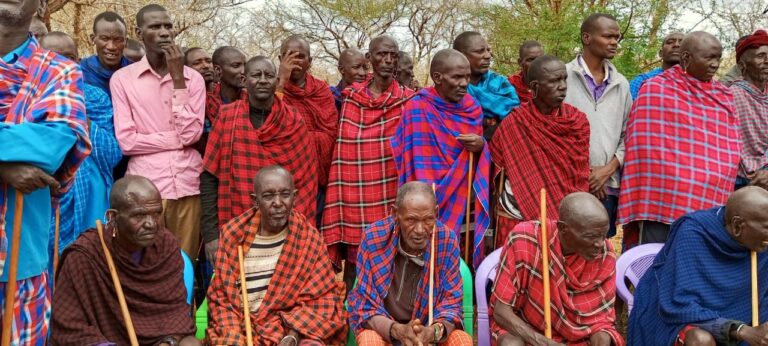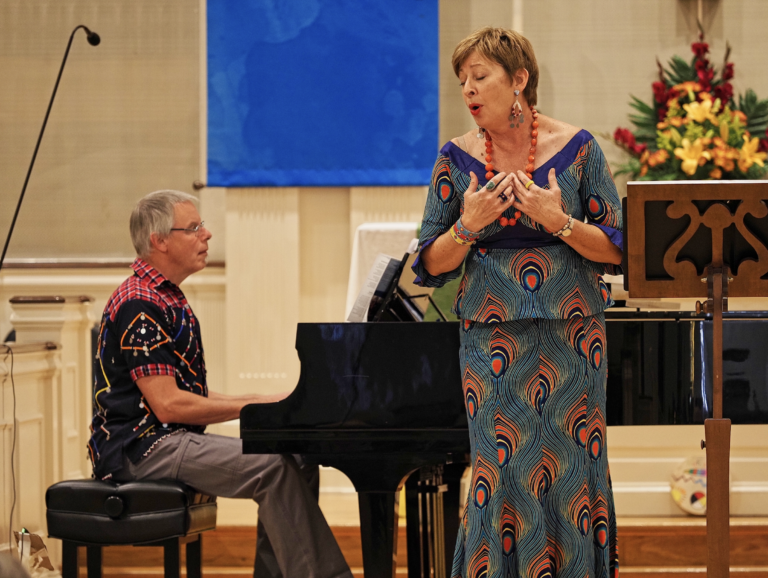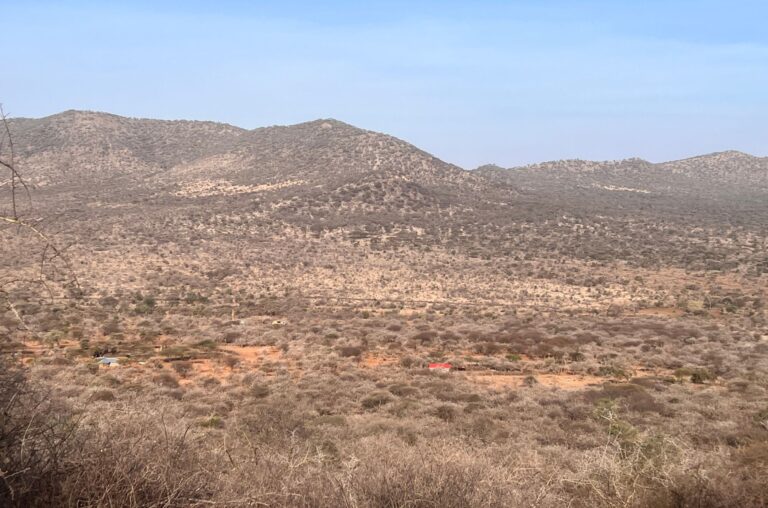Today is UN World Water Day, a day when we can reflect on how we use water and what we can do to make better, more economical use of this invaluable resource. This year’s theme is “Accelerating Change” with a focus on how to make changes that solve the world’s water and sanitation problems.
Water is Life Kenya (WILK) has brought clean water to Kajiado County for more than fifteen years. Ours is not the only organization that facilitates water projects in Kenya, but our boreholes are successful for a reason. Let’s go over the steps we take when we choose to drill a borehole and why our methods work.
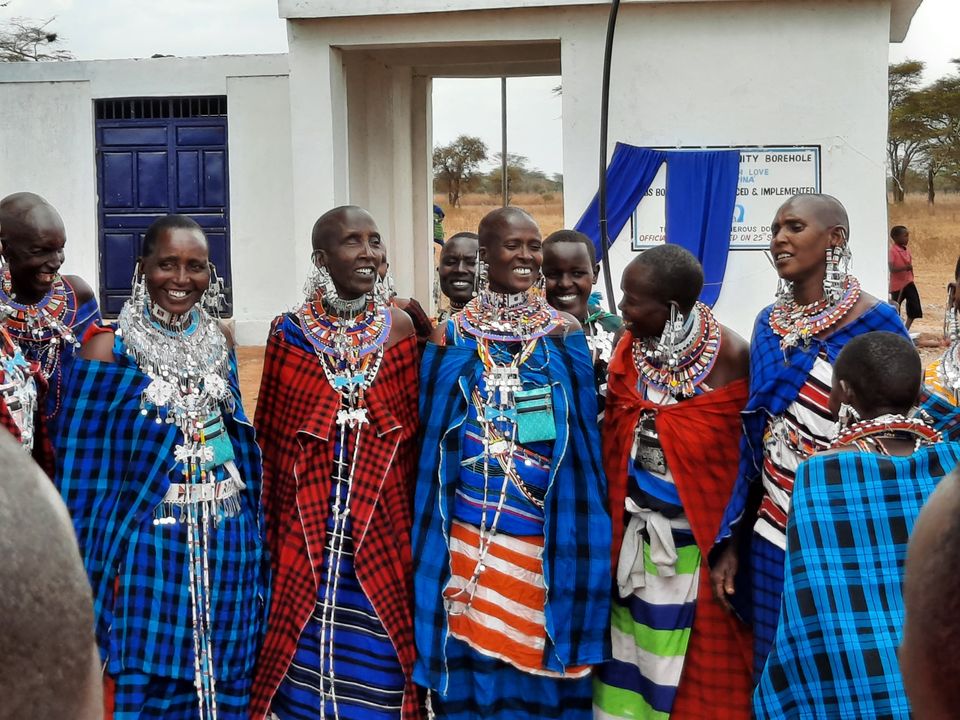
Drilling the Borehole
Several steps must be taken before a borehole can be drilled. It actually starts with talking to people who ask us for help. Community leaders approach us frequently, but we have to determine if there’s a real need for the well first. Then we survey community members to make sure they, too, are committed to maintaining the well; they have to elect their own well management team and contribute some money towards the project to reinforce their investment.
This is where our donors come in. As we set up hydrogeological surveys and seek drilling permission from the Kenyan government, we ask for help since the community cannot afford all of the costs for such a huge project. The generosity of our donors never fails to humble us, and we’re always grateful that so many people contribute to offset those costs.
The entire community gathers for the next part of the process, since this is proof that their water challenges are being addressed. Drilling can take 3-5 days because the water quality has to be tested and we have to make sure the borehole will generate enough water for the community. After the assessment, the rest of the infrastructure is built around the borehole and the elected committee is trained. Finally, after about a year, the handover ceremony takes place and the community celebrates having access to clean water.
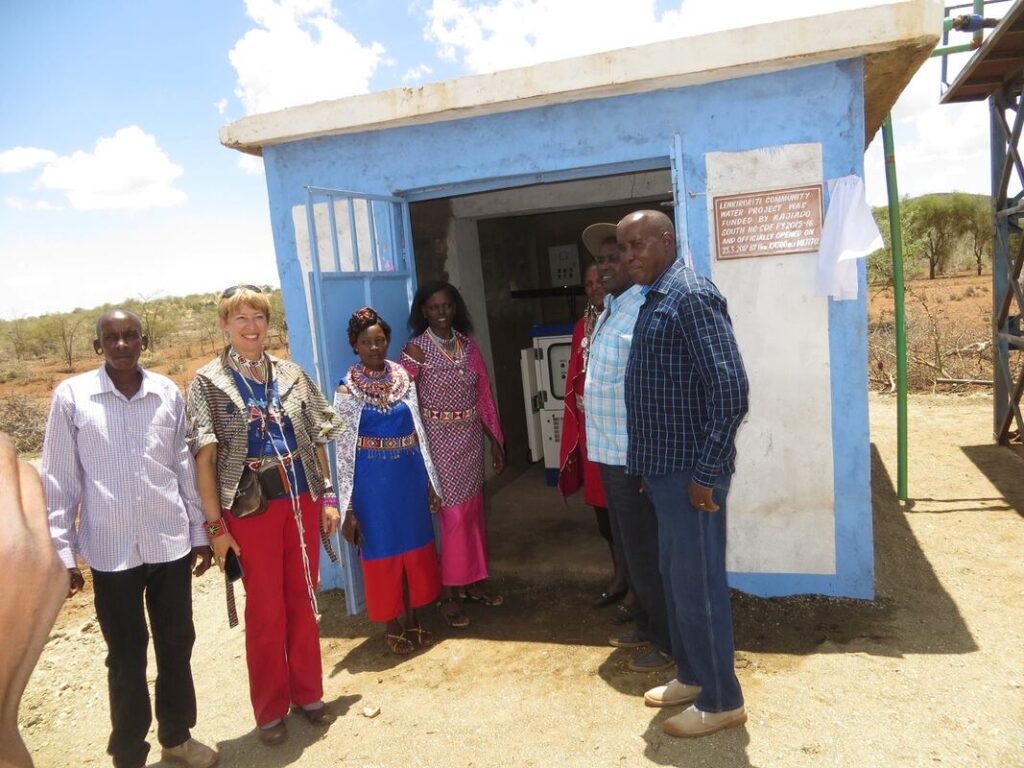
A Holistic Approach
Just because installation is complete doesn’t mean we’re done. What separates WILK from other organizations is our holistic approach to water management. Many other organizations leave after the well’s dug, but we continue to monitor the well, even ten years later, to ensure the success of each project.
We also provide additional training programs to ensure that the community can afford to maintain the borehole. Our Livestock as a Business program (LAB), for example, is one we began so that the community’s main source of income (cattle) generates enough to pay the fees and other costs associated with the well. Our Hope for Widows program has a similar goal. Women are vital to successful borehole maintenance, and the program teaches them how to generate income for such purposes.
“We don’t just enter a community, drill a well, then leave,” WILK Co-Founder Joyce Tannian says. “We plan for the future. The result is a truly sustainable system where the water stays on.”
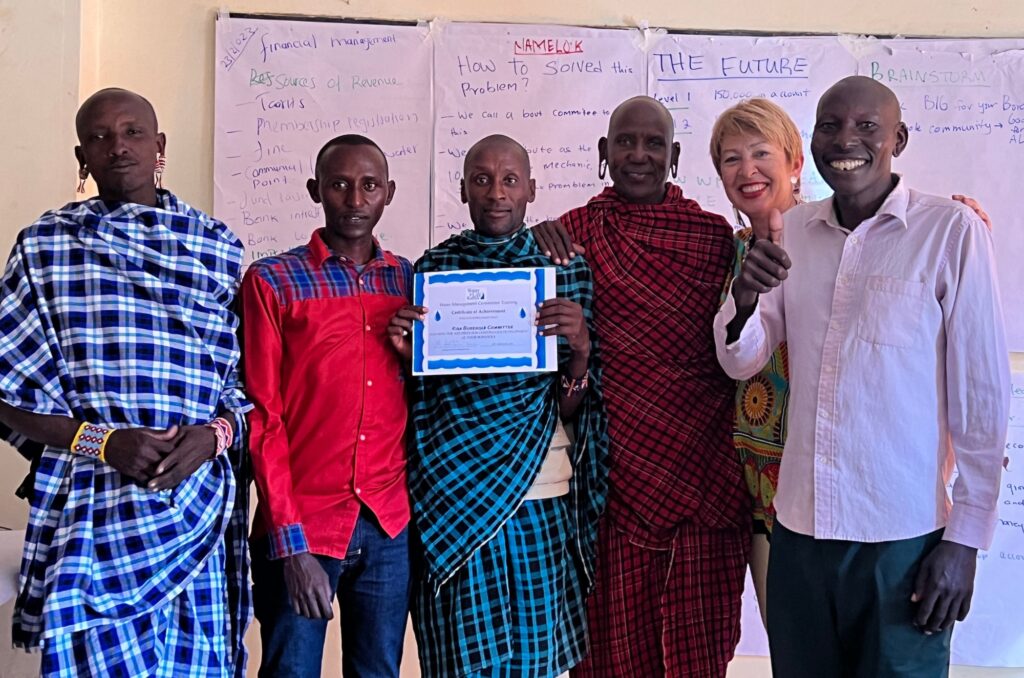
Every Day is World Water Day
WILK has spearheaded 27 water projects for Maasai communities in Kajiado South and Central, bringing clean water to 80,000 people. After fifteen years, about 85% are still operational because of the holistic approach we bring to each project. With the help of our donors, we’ll keep thinking of ways to provide water to communities still suffering from a three-year-long drought. It’s just one step towards “accelerating change,” but it’s evidence of our daily commitment to improving the lives of our friends in Kenya.

